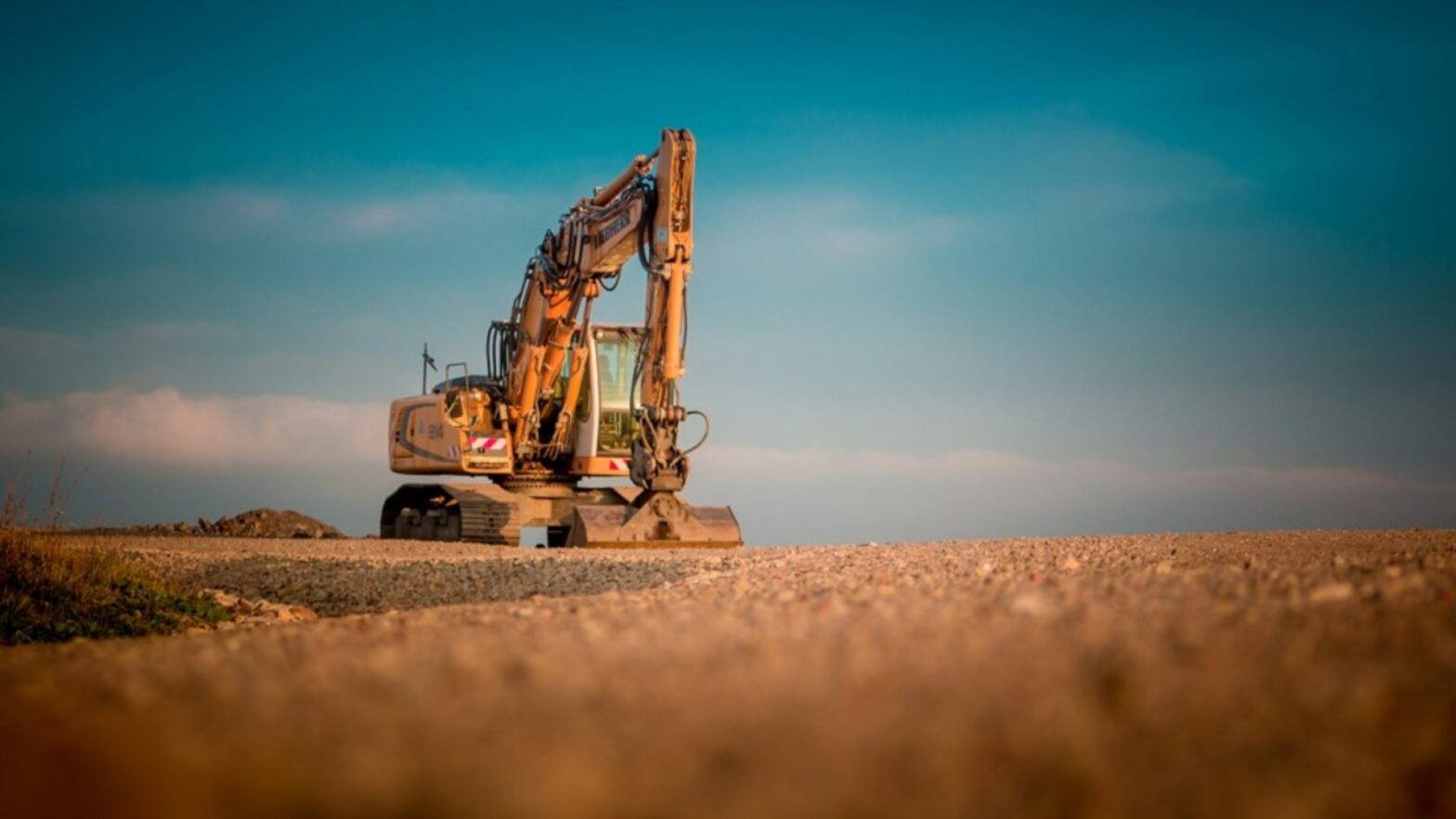A generator is one of the popular machines used in generating supplemental electricity to operate tools and appliances in the absence of a regular power source. Its ease of providing emergency power is part of the reasons why you’ll need a generator for different on-site purposes such as construction, standby power, natural disaster, mining operations, agriculture, and so on.
Undoubtedly, generators are convenient life-savers. However, they can also be dangerous, especially when not used properly. A lot of users have fallen victim due to negligence or ignorance. This is why you need to learn important safety precautions. That said, in this article, you’ll learn six tips for safely operating a generator on-site.
1. Adhere To The Manufacturer’s Instruction
Prior to operating your generator, read the manual to learn the manufacturer’s operating and maintenance instructions that came with generators. These machines have different types, ranging from solar, gas, and diesel-powered ones, which explains why operating each type may vary. You can also visit www.generator-pro.co.uk or other online resources to learn more about the types of generators, the ones your operation may need, and the price ranges for each type
When reading the manual, try and locate the parts listed and heed to the safety precautions for each part. Knowing all these doesn’t mean you can start tweaking your generator, but this knowledge is for you to understand how each part works and helps you prevent any accidents.
2. Operate Your Generator Outside
Never operate your generator in an enclosed place or a station close to people. This is because some types emit carbon monoxide and other harmful gases, which are extremely dangerous when inhaled.
People operating generators in their garages, cellars, windows, spaces below staircases, sheds, and similar areas are at risk of endangering their lives and the people around them. Even with clear exits, these places are still regarded as enclosed and indoors.
That said, the best place to operate a generator should be at least 18 feet away from the where it’s being used with open spaces on all sides. Also direct the exhaust away from residential areas. It’s always safe to run your generator on longer extension cords or have its own wiring than to have it close to where it’s potentially dangerous.
3. Avoid Getting Your Generator Wet
It’s advisable not to use your generator under wet conditions like snow or rain. Exposing it to moist environments poses a risk of shock and getting electrocuted in the process. Make sure the area of operation isn’t wet or close to a puddle; and if it’s raining, it’s advisable to wait for the rain to pass before running it.
If you’re not using the generator, make sure you have it covered. But only do this after you’ve allowed it to cool down. Having moisture on your generator doesn’t only put you at risk but can also damage its parts, leading to rust and shorted circuits.
Another good practice is to keep your hands and feet dry, including wearing a rubber footwear, when in contact with your generator. You can also install a ground wire to ensure that you’re safe with your generator while operating it.
4. Shut Off Your Generator Before Refueling
Refueling your generator should be done cautiously and never in a rush. A running generator can cause a significant amount of heat. In the event that your generator’s gas runs out while in use, shut it off and allow it to cool down before refueling it.
You should never add gasoline to a hot or running generator. Fuel and its other forms are highly flammable. Hence, when in contact with hot engine parts, these can start fire. It’s recommended to wait for few minutes before removing your fuel cap. In case the gasoline spills in the process of refueling, allow it to evaporate before you start running your generator.
5. Never Back-Feed Power
Back-feeding a generator is a risky common practice among users. Back-feeding occurs when you connect your generator system directly to your electrical main’s wall outlet. It’s an extremely dangerous operation, which puts you and your crew at the risk of getting electrocuted.
Instead, hire a competent electrician to install a transfer switch for your generator. Always connect your generator system to this transfer switch to prevent the generator from bypassing installed circuit protection devices.
6. Install On-Site CO Alarms
Once you start using a generator, then it’s also a good idea to install CO alarms on-site. These alarms are carbon monoxide detectors providing an early-warning system and shuts down the generator before carbon monoxide levels within the site becomes deadly. Exhausts from generators are incredibly dangerous and should be maintained accordingly.
In case of inhalation, persons should inhale oxygen immediately. You can use a plug-in or battery-operated CO alarm, but always ensure to have a back-up battery in case the power runs out.
Conclusion
A generator is a great machine to supply power on-site in case of power interruptions. Whether you’re an experienced or inexperienced user, it’s always critical to know and understand the proper safety tips for using a generator. When operating a generator, you and the people around you are susceptible to carbon monoxide poisoning, electrocution, and fire hazards. Therefore, adhering to the tips listed in this article will ensure you safely operate your generator.

































